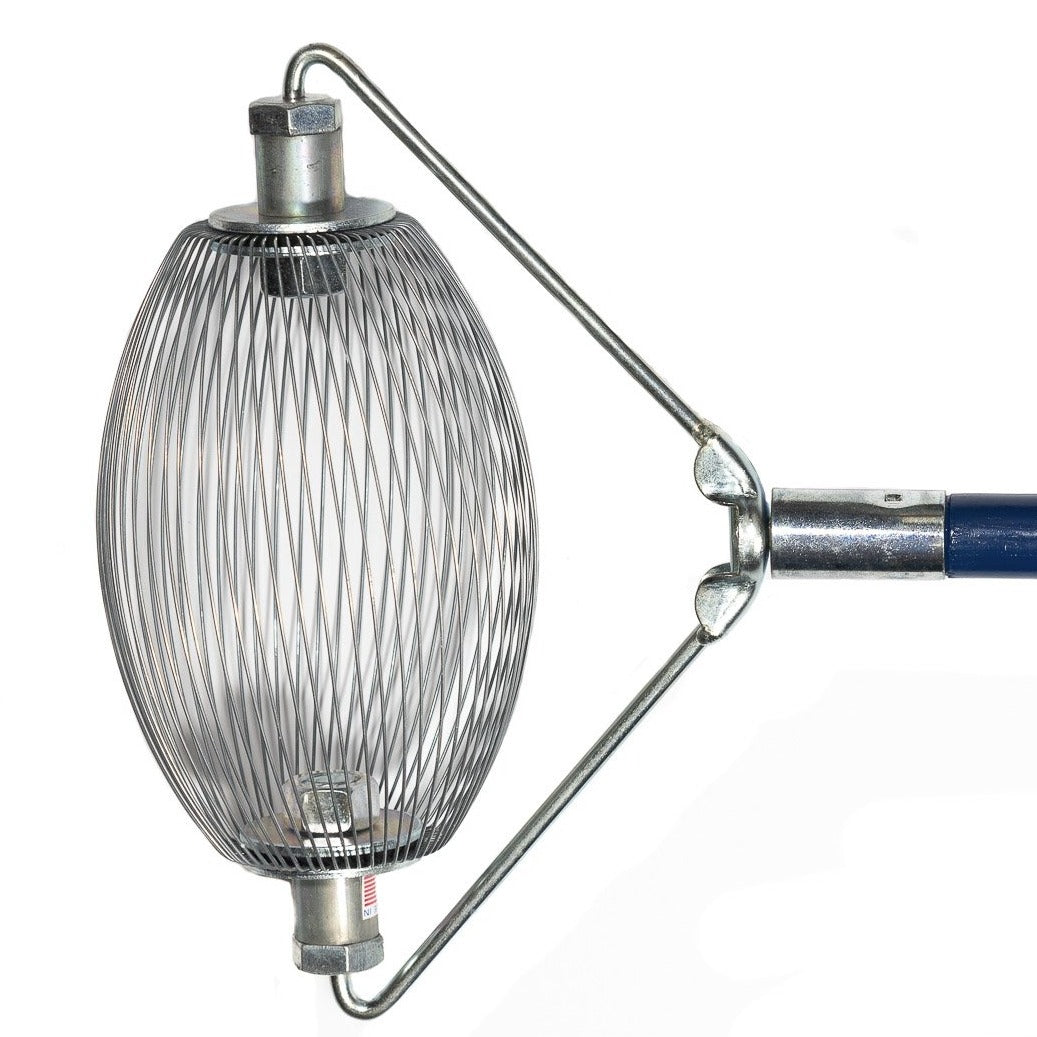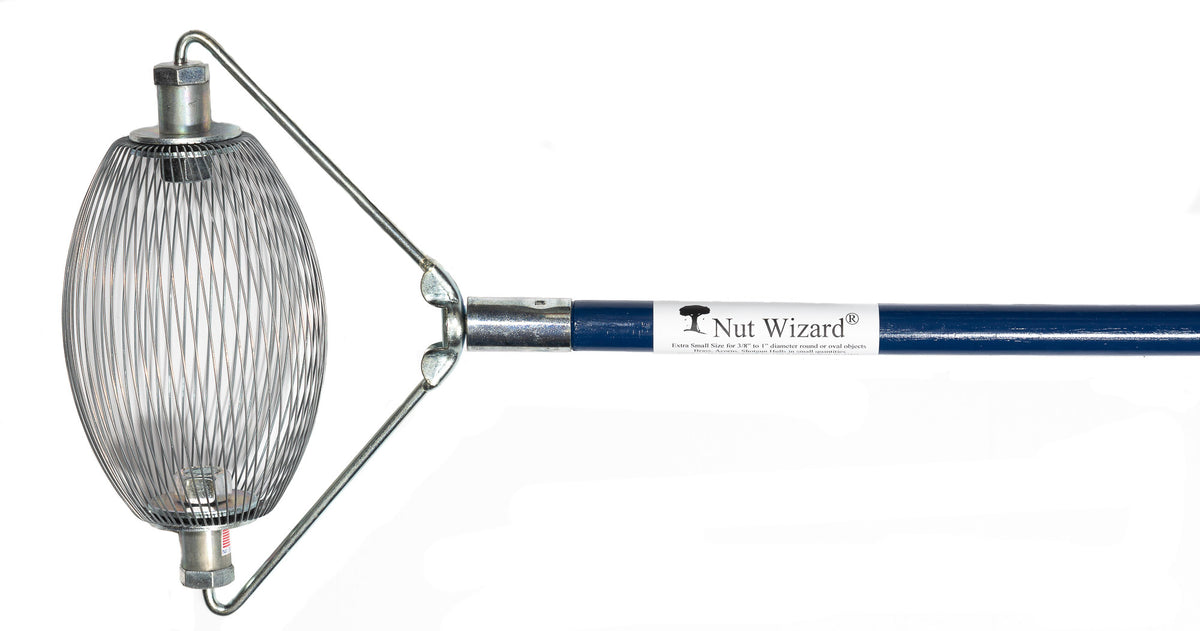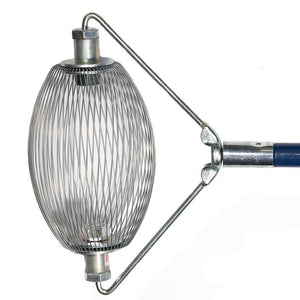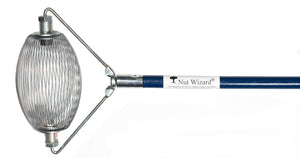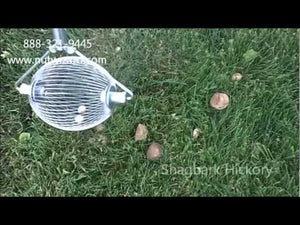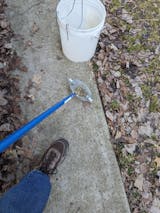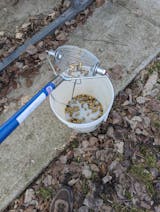Crabapples Aplenty in Canada
For those of you unfamiliar with crabapples – they come from the same tree family as the more commonly known orchard apples, but are smaller and often acidic or astringent fruits. The crabapple tree is also known for its ornamental attributes, a.k.a. its showy blossoms! Some other more practical points of appeal are their climatic adaptability, long flowering period and abundant pollen production.Varieties
According to the Agricultural and Agri-Food Canada, there are anywhere from 8 to 78 recognized varieties of crabapples. The two native species to Canada are the sweet apple, native to Ontario, and the Pacific crabapple, native to British Columbia.
Besides these two, there are also two introduced species that are considered naturalized in Canadian floras; in other words, they have been well established in Canada, but are not indigenous to the country. These are the Siberian crabapple and the plum- or pear-shaped crabapple.
Apart from these four “original” varieties, there are several others being produced yearly to keep experimenting with and adapting to the changing environment. For instance, if you walk into a farmer’s market, you will most likely encounter the Dolgo crabapple, which is a very popular, hardy heritage variety. It is considered to be the best crabapple of the last 200 years for making jelly; also, the tree resists apple scab and adapts well to Canada’s coldest climates.
Industry History
Apples represent Canada’s biggest fruit production, valued at over $100 million per year. Nevertheless, Canadian orchards are still not satisfying the demand for apples by Canadian consumers. So Canada imports over $150 million per year to meet the demand margins. It’s also important to note that there has been a decline in Canadian field crops regarding apples over the last few years.
If you didn’t have a crabapple tree in your backyard at the turn of the 19th century in Canada after their grand introduction, your best bet would be to visit a local farmer’s market. The oldest farmer’s market in Canada was opened in 1803 in Toronto, Ontario – the St. Lawrence Farmer’s Market. Still today, if you wish to procure just the crabapple fruit, you can do so at farmer’s markets around the country. If you wish to purchase trees, they sell them at most nurseries.
What to Do with Your Crabapples
At the moment, there are no advertised methods of individuals in possession of crabapples selling to buyers.
However, there is an amazing organization, Not Far From the Tree, which consists of volunteers in Toronto who will go to public parks or private properties where residents have asked them to pick the fruit, including crabapples. Then they divide the collected fruit between the homeowners (if desired), volunteers and food pantries. This way, everyone goes home with something and nothing goes to waste. Originally, the founders could not believe how much fruit was growing around the city. Check out their founder’s message here: http://notfarfromthetree.org/about/
This movement is becoming more popular, so it’s worth a look to see if you there is an organization like this in your area. If not, judging from the overwhelming success of Not Far From the Tree, it would be a welcome project anywhere!
U Pick Orchards!
There are tons of pick-your-own orchards around the country. The easiest way to find one near you is to follow this link: http://www.pickyourown.org/canada.htm
If you wish to invest in a helpful apple-picking tool, a popular one to use is Lee Valley’s fruit picker. It is a very simple tool with metal “fingers” that grab at the fruit, pulling it into an attached cotton bag. By mounting it on a long pole, you increase your height by several feet, whereby increasing your rate of fruit-picking if you go with a friend – one of you can be on a ladder picking by hand while the other is on the ground using the fruit picker.
Recipes
Once you have collected as many crabapples as you can, try out one of the tasty recipes provided below!
Crabapple Chutney (courtesy of Saving Dinner)
Ingredients:
2 cups crabapples, quartered and cored (leave the skins on)
½ cup raisins
½ cup chopped onions
¼ cup apple cider vinegar
¼ cup honey
1 Tablespoon grated orange peel
1 teaspoon ground cinnamon
Instructions:
Combine all ingredients in a saucepan and stir well. Bring to a boil, reduce heat and simmer, covered for 50 minutes. Uncover and simmer a few more minutes over low heat, cooking off excess liquid.
Store in airtight container in the refrigerator. Will last a very long time! In fact, some people prefer chutney that has been “maturing” for at least a few months. It is an excellent accompaniment to pork tenderloin, or any dish that could use some extra texture and sweetening!
Crabapple Pepper Jelly (courtesy of The Eco Housewives)
Ingredients:
2 lbs. crabapples
1½ cups water
Red wine vinegar, as required
3¾ cups granulated sugar
1 cup yellow or orange bell pepper
1/3 cup hot pepper (as desired for flavor and heat level)
Note: If you want more spice, use hotter peppers (not more peppers, just the hotter varieties, such as jalapeño, Serrano or habanero).
Instructions:
1. In a Dutch oven, bring crabapples and water to a simmer. Make sure to remove stems. You may also cut them in half to speed up the cooking time.
2. Cook until the crabapple are very soft.
3. Line a colander with cheesecloth (the more you fold over the cheesecloth, the clearer your jelly will be). Place colander above a below, preferably glass.
4. Pour the crabapple mixture into the colander and weigh down with a plate and heavy can on top.
5. Let stand until dripping stops. Discard the pulp.
6. Pour collected juice into a liquid measure. Add enough vinegar to make 3 cups.
7. Combine in a saucepan with sugar.
8. Bring to a boil, stirring constantly.
9. Add peppers and boil for 8-10 minutes or until set.
10. Stir for 7 minutes to avoid floating peppers.
11. Pour jelly into hot, sterilized 4-oz. canning jars.
12. Seal with 2-piece canning lids. Process in a boiling water canner for 5 minutes (adjust as required for elevation).
13. Let the processed jars sit for 24 hours undisturbed. Check for the seal to stay down when pressed prior to storing.
Enjoy! This jelly is delicious on crackers with cheese.
Pickled Backyard Crabapples (Courtesy of CBC Calgary’s Julie Van Rosendaal)
Ingredients:
3 cups whole crabapples, stemmed
½ cup red wine vinegar
1 cup apple cider vinegar
1 lemon sliced
4 stems of tarragon
1 cup apple juice
4 cups granulated sugar
2 bay leaves
Salt & Pepper
Instructions:
Place all ingredients into a pot, making sure crabapples are covered with liquid. You can add more apple juice if you need to. Bring apples and liquid to a boil, then remove pot from heat. This step you have to watch – do not let the apples continue to boil or they will become mushy and overcooked. Let apples cool down in liquid.
Remove core from apples – this step is a labor of love: time consuming, but worth it! Place back into poaching liquid until you are ready to serve.
Pickled crabapples are delicious in almost any salad. They may also be served as a condiment on your next fruit & cheese plate!
Works Cited
“About Us.” Not Far From the Tree, http://notfarfromthetree.org/about/.
“Apples and Crabapples.” Green Barn Farm, 2014, https://www.greenbarnnursery.ca/collections/applesandcrabapples?page=2.
“Fruit Picker.” Lee Valley, 2017, http://www.leevalley.com/en/garden/page.aspx?p=10165&cat=2,2120,33277&ap=1.
“Related Species of Malus domestica.” Canadian Food Inspection Agency, 8 July 2014, http://www.inspection.gc.ca/plants/plants-with-novel-traits/applicants/directive-94-08/biology-documents/malus-domestica/eng/1404417088821/1404417158789?chap=5.
“Tools for Apple Picking.” A Prince Edward Island Country Home and Garden, 3 March 2012, http://canoecorner.blogspot.com.es/2012/03/tools-for-apple-picking.html.
“What’s New in British Columbia – Spotlight on Apples and Cherries.” Canadian Food Inspection Agency, 17 July 2012, http://www.agr.gc.ca/eng/industry-markets-and-trade/statistics-and-market-information/agriculture-and-food-market-information-by-region/canada/what-s-new-in-british-columbia-spotlight-on-apples-and-cherries/?id=1410072148307.
“Wild crab apple.” Natural Resources Canada, 4 August 2015, https://tidcf.nrcan.gc.ca/en/trees/factsheet/437.
Written by Zoë Fox Waltz.

